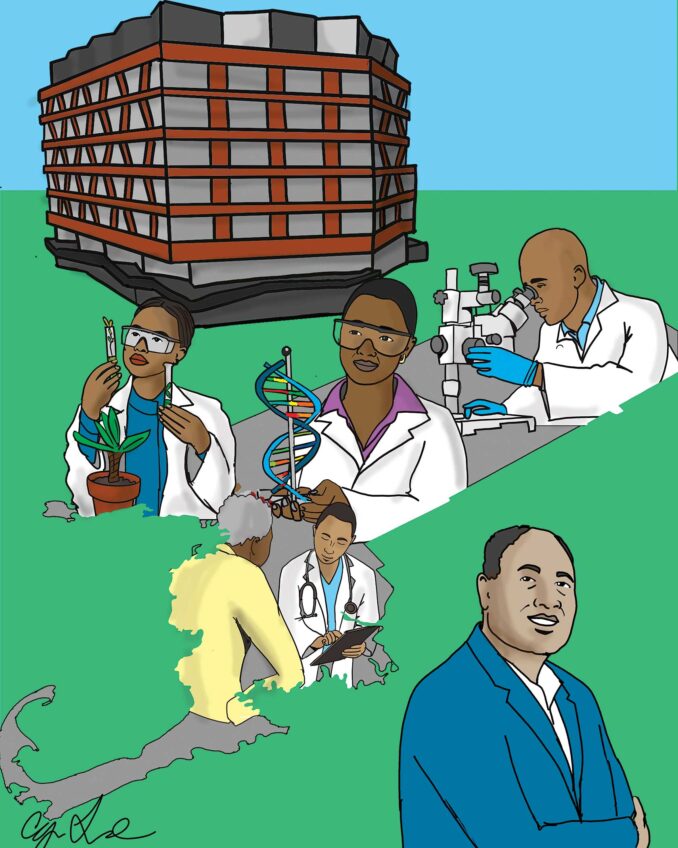Todd Palin no poster boy for Yup’ik Eskimos or other Native Alaskans
There it was, the ever-so-fleeting moment during her speech at the Republican National Convention when vice presidential candidate Alaska Gov. Sarah Palin paid tribute to her hubby, Todd — her brief mention that he’s of Yup’ik Eskimo background. Todd Palin beamed with pride at the acknowledgement in front of the packed convention crowd and one of the largest TV audiences to ever watch a candidate’s convention speech.
But the cheering convention participants and millions of viewers won’t see the same smiles on the faces of scores of other Yup’ik Eskimos. Nor on many other Native Alaskans, who make up nearly 20 percent of Alaska’s population.
A devastating report by the Alaska Advisory Committee to the U.S. Civil Rights Commission in 2002, “Racism’s Frontier: The Untold Story of Discrimination and Division in Alaska,” painted a picture of decades-long economic misery, discrimination, neglect and alienation for Native Alaskans in Palin’s state.
In her speech, Sarah Palin boasted that during her tenure as governor, she squeezed the oil and gas industry for billions that have enriched the state’s businesses, residents, and boosted employment in some communities. That prosperity hasn’t touched many Native Alaskans; overall, one-fifth live below the poverty line. In some rural villages, their jobless rate tops 80 percent. Despite sheaths of anti-discrimination laws on the books in Alaska, and even an affirmative action plan for military veterans with special needs, discrimination against Native Alaskans runs rampant.
The Alaska Human Rights Commission notes that discrimination complaints jumped more than 50 percent in a seven-year period in the late 1990s. Few of those complaints came from Native Alaskans; leaders of the Native Alaskan community bluntly told a civil rights commission community forum in 2001 that they simply didn’t trust the system.
When it comes to health, the numbers are plain and disturbing. Native Alaskans are more likely to get seriously ill and less likely to have access to quality, affordable health care than whites. Their infant mortality rate is more than double that of whites. Their tuberculosis rate is more than 20 times higher than whites. Civil rights commission studies attributed the appalling statistics to overcrowded and insufficiently ventilated housing, impure water supplies, inadequate waste disposal systems and general malnutrition.
The racial disparities between Native Alaskans and whites are even more glaring in public education and the criminal justice system. Native Alaskans account for slightly more than 12 percent of the state’s public school students but more than a quarter of school dropouts, and are at rock bottom in reading and math achievement scores. A paltry 5 percent of teachers and administrators are Native Alaskans, leaving many of the students to be taught exclusively by white teachers in grossly under-funded rural public schools. Few teachers have much understanding of, or sensitivity to, Aleut, Yup’ik, and Indian culture and language.
Then there are the soaring prison numbers. Native Alaskan males make up less than 10 percent of the state’s population, but account for nearly 40 percent of those behind bars. Despite the wildly disproportionate jail numbers, the civil rights commission found that Native Alaskans are underrepresented in jobs in the child welfare, legal and juvenile justice systems.
The criminal justice system disparities are a double-edged sword for Native Alaskans. While they are far more likely to be incarcerated than whites, they are also far more likely than whites to suffer rape, domestic violence and homicide. Native Alaskans bitterly complain of laxity by the police and courts in finding and punishing those who victimize Native Alaskans. Many homicides of Native Alaskans have remained unsolved.
The violence rate against Native Alaskans is so high that some violence prevention experts say certain offenses against Native Alaskans could be tagged as hate crimes. Alaska state legislators for a brief time toyed with the idea of enacting a hate crimes law with greater sentencing enhancements. That went nowhere. Even if the legislature had acted, Gov. Palin gave a strong hint as to its likely fate if it landed on her desk: During the 2006 gubernatorial campaign, she told the Eagle Forum that she opposed expanded hate crime legislation, branding all heinous crimes as hate crimes.
State Equal Rights Commission officials have complained that the legislature gutted the commission’s budget and cut staff. Their complaints fell on deaf ears. Despite the well-documented, widespread discrimination against and disparities affecting Native Alaskans, there is no public record that Sarah Palin has gone to bat for increased funding for the commission.
In its report on the plight of Native Alaskans, the U.S. Civil Rights Commission called for massive increases in spending on job and skills training, as well as programs to boost employment, improve education and public services, for the affected group. The commission also called for sweeping reforms in the criminal justice and health care systems. The recommendations were made four years before Palin took office. Other than a brief mention of diversity in her gubernatorial campaign speech in 2006, there is no evidence that Palin has said or done anything about the commission’s recommendations.
If she had, it would have put a beam on the faces of thousands of Yup’ik Eskimos who aren’t named Todd Palin.
Earl Ofari Hutchinson is a syndicated columnist, author and political analyst. His forthcoming book is “How the GOP Can Keep the White House, How the Democrats Can Take it Back.”






